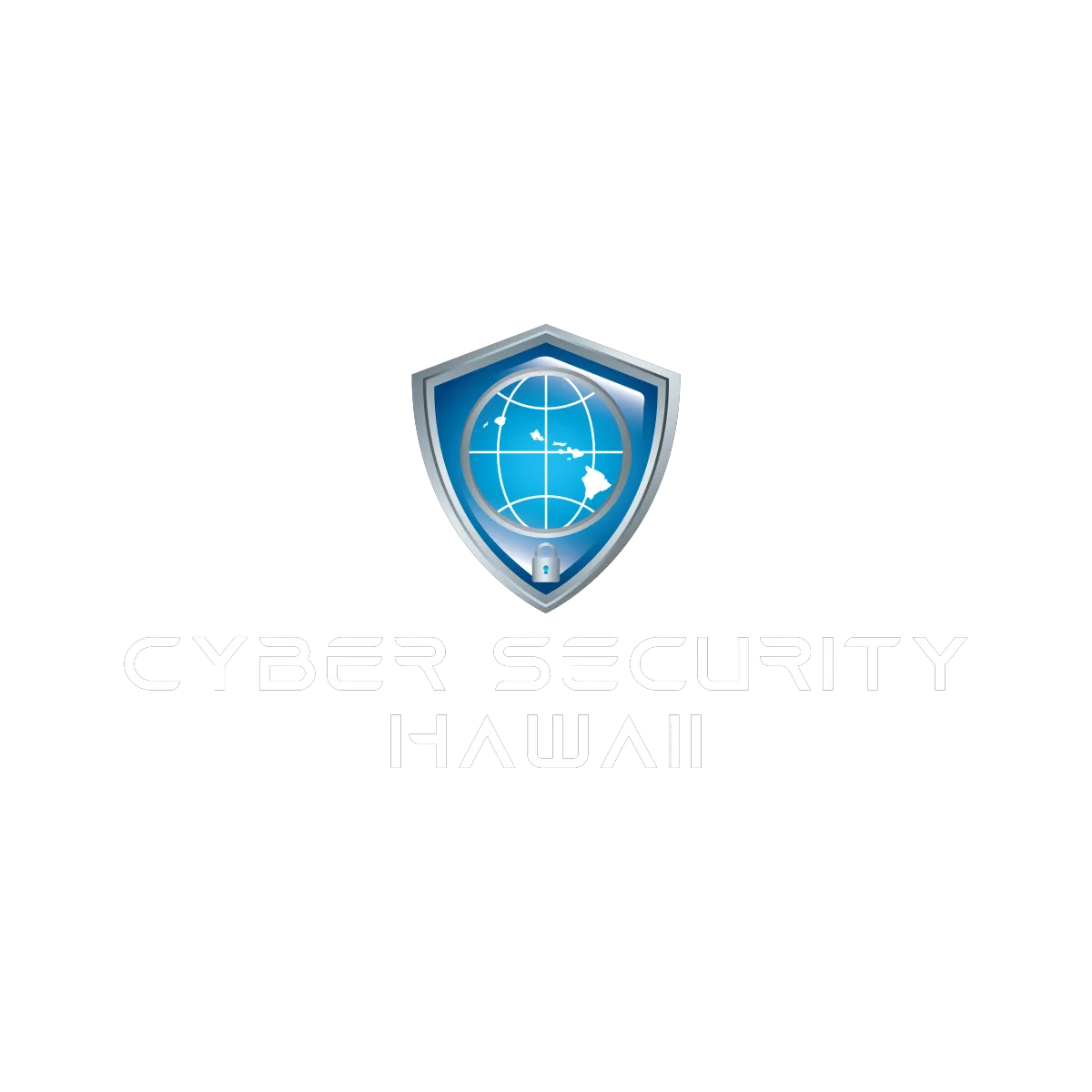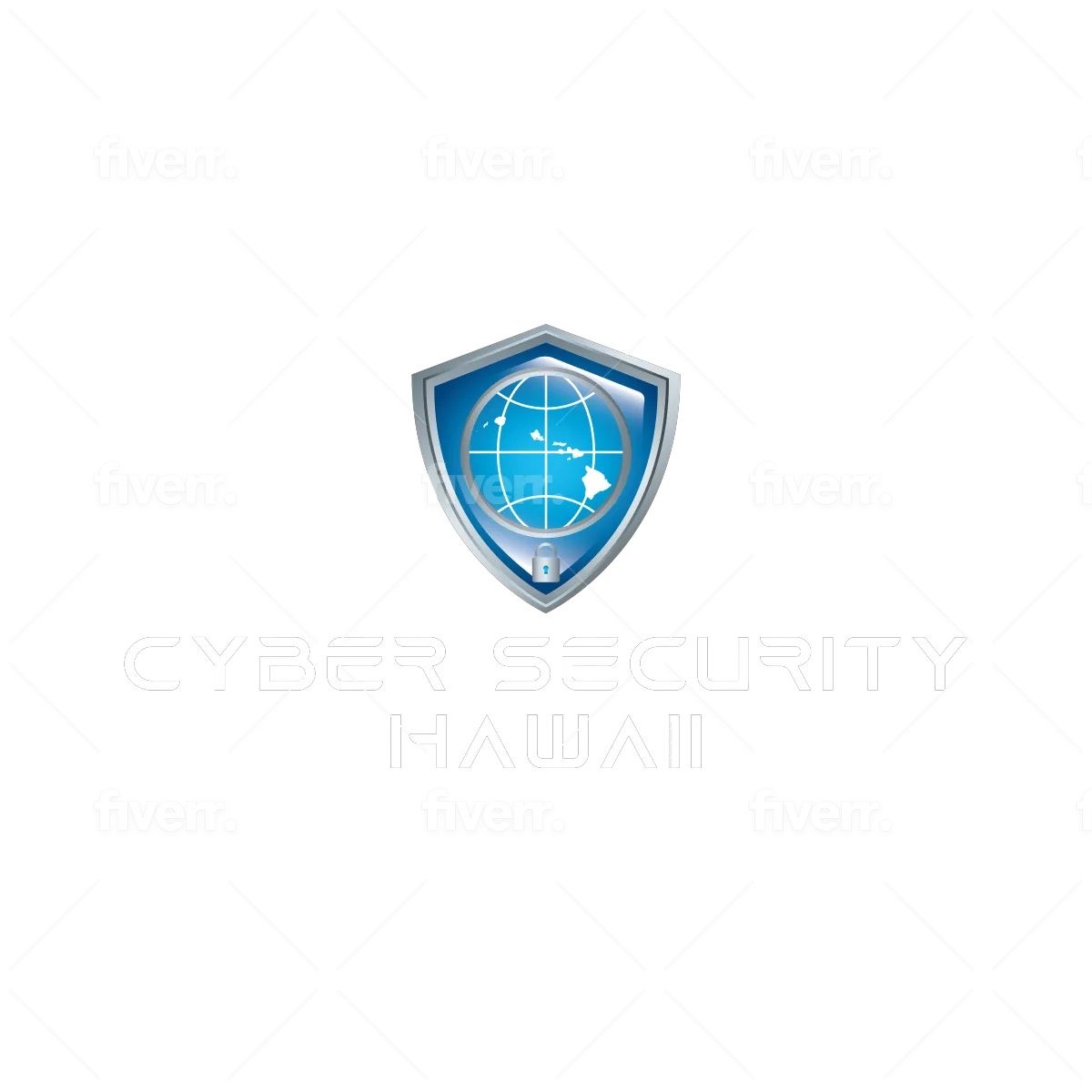The One Mistake Small Retailers Make That Could Cost Them Hundreds of Thousands of Dollars
Running a small retail business is already a balancing act—managing inventory, customer service, payroll, and staying competitive. Cybersecurity often slips through the cracks, especially for retailers with 10 or fewer employees. But if you process credit cards—and you almost certainly do—you’re bound by PCI-DSS (Payment Card Industry Data Security Standard) compliance requirements.
Most small retailers make one critical mistake: they rely on a flat network topology without realizing how dangerous it is. Let’s break down what that means, why it matters, and how to protect your business.
What is a Flat Network Topology?
A flat network is one where every device—point-of-sale (POS) systems, credit card terminals, office computers, security cameras, staff smartphones, and even guest Wi-Fi—lives on the same network segment. There are no virtual LANs (VLANs) or segmentation barriers between them.
Think of it like running your entire store in one unlocked room where anyone can wander in and access whatever they like. While this setup might be simple and cheap, it’s also reckless when handling sensitive cardholder data.
Real-World Example
In 2014, a well-known national retailer suffered a massive data breach because hackers gained access through a third-party HVAC vendor connected to the same flat network as POS systems. If this can happen to big-box retailers with IT teams, imagine the risk for a 5-person business with no dedicated IT staff.
The Risks of a Flat Network Topology
1. One breach = total compromise
If a hacker gains access to a single device—say, a poorly secured security camera or an employee’s laptop—they can move laterally across the network. Since the POS terminals are on the same segment, your customers’ credit card data is at risk.
2. Malware propagation
A flat network makes it easy for ransomware or other malware to spread unchecked. What starts as one infected device quickly takes down your entire store.
3. Regulatory non-compliance
PCI-DSS explicitly requires network segmentation and strict access controls. A flat network automatically puts you out of compliance.
4. Target for cybercriminals
Hackers know small businesses often run flat networks. Automated scans look for these weak setups, making you an easy target.
Case Study: The Coffee Shop Scenario
Imagine a small coffee shop with a single Wi-Fi network. Customers use it to browse the web. The shop owner’s laptop uses it to run QuickBooks. The POS system is on the same network. A hacker sitting in the café connects to Wi-Fi, launches a basic attack, and within minutes has access to payment data. This isn’t hypothetical—it happens every day.
The Potential Cost of Non-Compliance
The financial consequences for small retailers running flat networks can be devastating. Here’s what you could be facing:
- Regulatory fines: PCI-DSS non-compliance fines can range from $5,000 to $100,000 per month until compliance is achieved.
- Semi-annual audits: Once flagged as non-compliant, you may be required to undergo costly PCI audits twice per year, costing thousands per audit.
- Credit card fraud liability: If customer data is stolen, you could be held liable for fraudulent charges.
- Card replacement costs: Banks and credit card issuers often push the cost of replacing compromised cards onto the retailer. Expect $3–$5 per card—multiply that by hundreds or thousands of customers.
- Credit monitoring for victims: You may be forced to pay for credit monitoring services for impacted customers, which can cost $10–$30 per customer per year.
- Legal liabilities: Class-action lawsuits are not uncommon after a breach. Even if you win, the legal fees alone can sink a small business.
- Reputation damage: Once word spreads that your store leaked credit card numbers, customer trust evaporates. Many small retailers never recover.
Example of Costs Adding Up
Let’s say your store processes 2,000 unique cards in a year. If all those cards have to be replaced at $5 each, that’s $10,000 just for reissues. Add $20 per person for credit monitoring: $40,000. Then fines: $25,000. Add a lawsuit settlement: $50,000. Suddenly you’re looking at over $125,000 in costs—not counting lost sales from customers who stop shopping with you.
For a business with 10 employees, that’s a death sentence.
Case Studies: What PCI-DSS Failure Looks Like in Real Life
Case Study #1: Cisero’s Ristorante (Park City, UT)
A small, independently owned restaurant was flagged by card brands after fraud patterns suggested cards might have been compromised on its network. Per PCI rules, the merchant was required to hire approved forensic investigators. Those reviews reported that the POS system stored unencrypted card numbers, a direct PCI violation. The card brands then assessed fines and assessments that ultimately totaled about $90,000. The acquiring bank withdrew ~$10,000 from the merchant’s account and pursued the remainder, triggering a multi-year legal fight. Consequences for the business included immediate cash drain, mandated forensics and remediation work, exposure to chargeback claims, and significant legal expense—exactly the kind of shock that can sink a small retailer operating on thin margins.
Key failures illustrated: retaining prohibited card data, inadequate vendor management/verification of POS configuration, and lack of continuous PCI governance.
Case Study #2: Louisiana Restaurants Hit via Insecure POS Remote Access
A group of small restaurants using the same POS platform were compromised after their reseller deployed unsecured remote-access software (shared/default credentials, unpatched systems) and the POS stored track data after transactions. Attackers installed key-loggers and memory-scrapers, siphoning hundreds of card numbers in weeks. One owner reported $19,000 in required forensics, $5,000 in card-brand fines, a $100,000 assessment that was later waived, and ~$50,000 in combined out-of-pocket costs after chargebacks. Banks reported seven-figure losses tied to fraudulent use of stolen cards, and at least one affected restaurant ultimately shut down. For a Level-4 merchant, those numbers are existential.
Key failures illustrated: flat/poorly segmented networks enabling lateral movement, remote-access exposure (default passwords, lack of MFA), and vendor-driven misconfigurations that left merchants non-compliant without realizing it.
The Solution: Network Segmentation & PCI-DSS Compliance
The good news? This risk is preventable.
1. Implement VLANs and firewalls
Separate POS systems and payment terminals from other devices. The cardholder data environment (CDE) should be isolated from everything else, including staff Wi-Fi and security cameras.
2. Restrict access
Only employees who need access to the CDE should have it. Enforce strict authentication controls.
3. Deploy monitoring tools
Use security monitoring and intrusion detection systems (IDS/IPS) to catch suspicious activity early.
4. Regular vulnerability scans
PCI-DSS requires quarterly scans by an approved vendor. Don’t skip these.
5. Work with a compliance-focused MSP
Most small retailers don’t have the expertise in-house. Partnering with a managed IT/security provider ensures your network is properly segmented, monitored, and compliant.
Why Segmentation Works
Imagine your store as a shopping mall with separate locked stores inside. Even if someone breaks into the mall, they still need to break into each individual store. Segmentation ensures that breaking into your Wi-Fi doesn’t give hackers direct access to payment terminals.
Education & Awareness for Small Retailers
Part of the problem is that many small retailers simply don’t know what PCI-DSS requires. Some common myths include:
- “We’re too small to be a target.” Reality: 43% of cyberattacks target small businesses.
- “My credit card processor takes care of PCI.” No, processors handle transactions, but compliance is your responsibility.
- “We use chip readers, so we’re safe.” Chip readers reduce fraud at the terminal, but they don’t protect data on a flat network.
Bottom Line
A flat network may seem simple, but it’s a silent liability that could bankrupt your business. PCI-DSS compliance isn’t just a box to check—it’s the framework that protects your customers, your reputation, and your livelihood.
Don’t wait until an auditor or a hacker forces your hand.
Ready to Protect Your Business?
If you’re a small retailer with 10 or fewer employees, chances are your network is flat and your risks are high. Let’s fix that before it’s too late.
👉 Book your PCI-DSS compliance strategy call today https://strategy.cybersecurehawaii.com
We’ll review your current setup, identify risks, and map out a clear path to compliance that fits your budget.
Your customers trust you with their credit cards. Make sure that trust isn’t misplaced.




